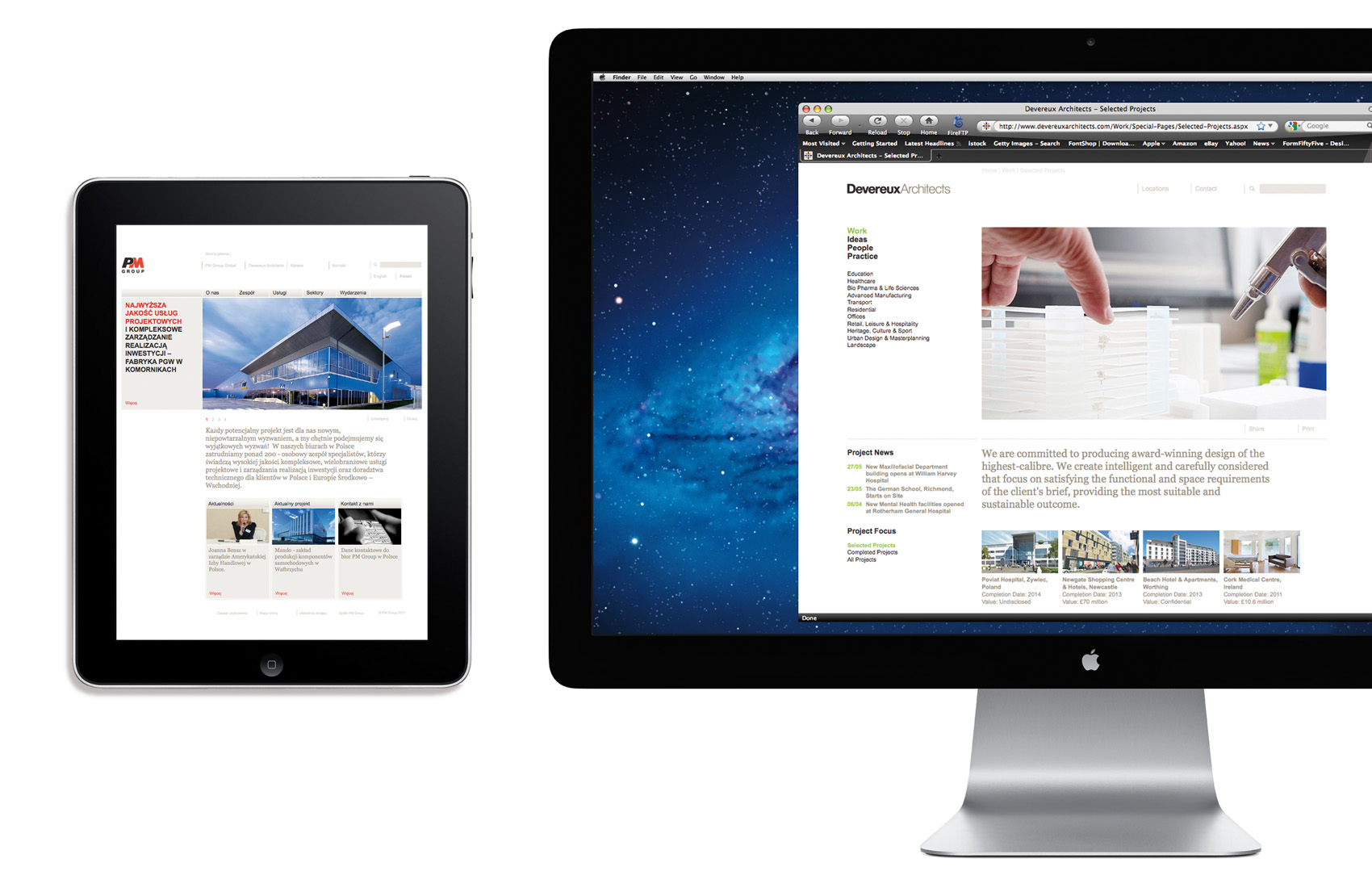Myriad reasons can be put forth for the redesign of a website and there are endless articles online brimming with numbered lists that attest to the pros. Many of these points are valid, more still are exceedingly obvious. When considering the question at hand one can set about the usual Google searches and find many of the usual articles, with the usual reasons for redesigning your website—it can be as uninspiring a process as it sounds.
There are, however, articles that take a different tack and make for a refreshing oasis of clarity amidst the clamour. One such piece was written in 2005 for online web practices site “A List Apart” by Cameron Moll, now Head-of-Design at Facebook. The title “Good Designers Redesign, Great Designers Realign“ could be accused of being graphic design clickbait, aren’t we all eagerly beavering away in the never-ending pursuit of being a great designer? *big eyes emoji
Moll advocates for realignment as opposed to redesign. This is more than just a bad case of the semantics. Realignment refers to a careful consideration of content and purpose. It is not solely concerned with ‘the look of the thing’—a common hump of which people in both design and non-design circles can fall foul when talking about design. Moll simplifies his argument by identifying two camps: the realigners and the redesigners. He states: “.. the differences between Redesigners and Realigners might be summarized as follows: The desire to redesign is aesthetic-driven, while the desire to realign is purpose-driven.”
When looking at website design through this lens, it’s possible this analysis can lead to big design changes but more often it leads to incremental changes. The point is to be able to justify these changes. Cameron is not really trying to sub-divide designers here, or denigrate the impulse for creating aesthetically-pleasing design, but rather he is trying to advocate for a considered approach to the practice.



